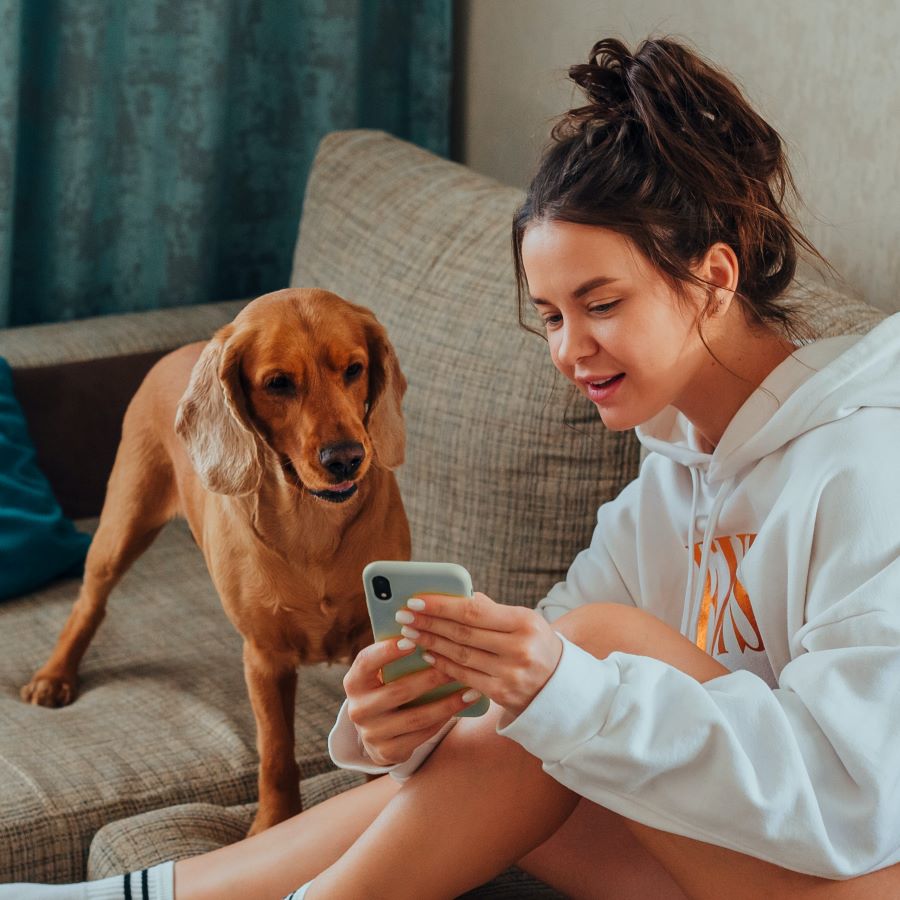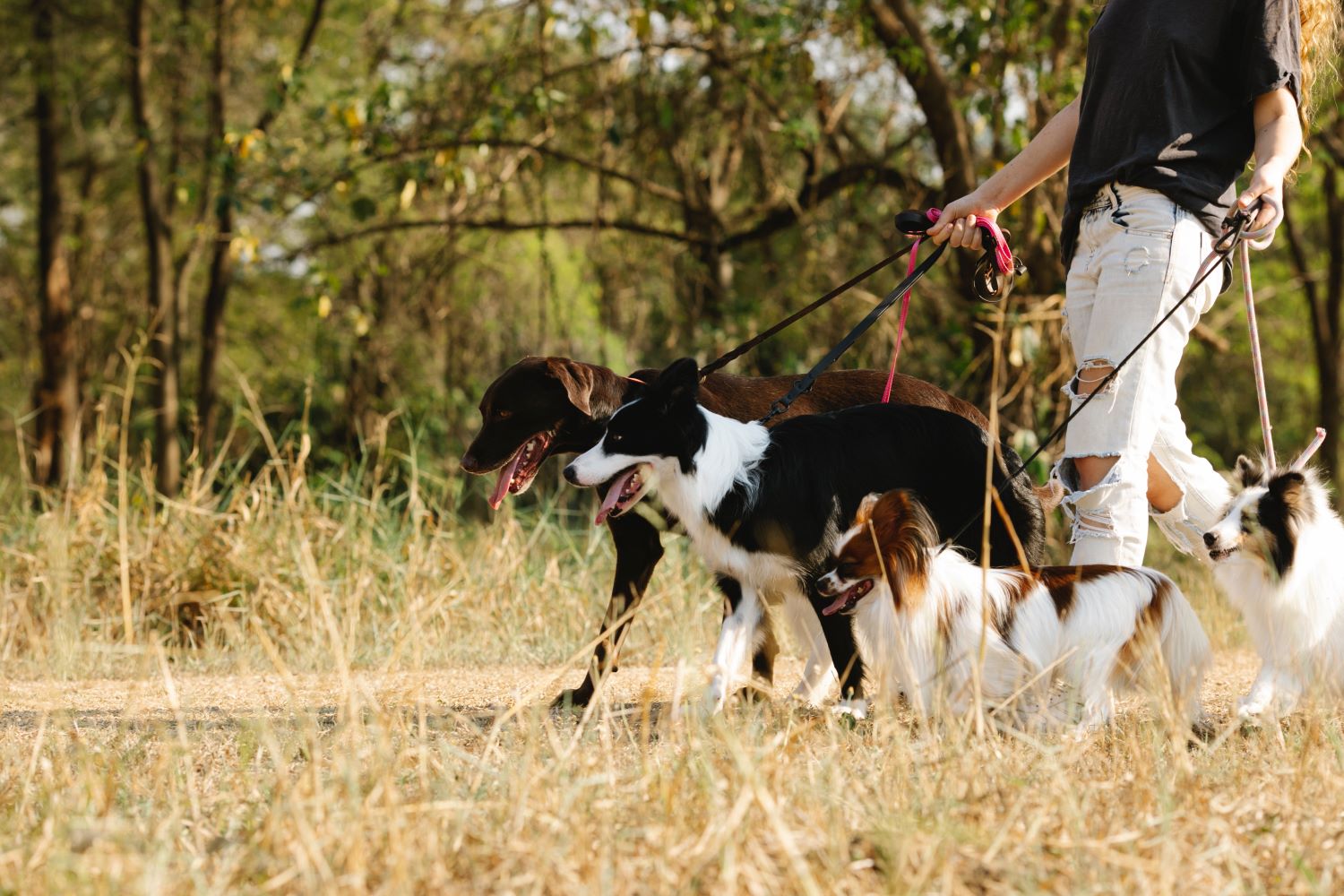The graph that you see to the left is an example of an insight we can gain from data of this nature. It depicts the number of outings I had with my dogs each day for approximately one month. The average number of outings made each day was 3.37 outings with an average outing time of 16.38 minutes.
As you can see in the figures below, that adds up to quite a bit of time by the end of the week!
Part of the reason that weekly value can be so high for some people can be explained by a human mistakenly interpreting a signal from our pets as “needing to go outside” when they are actually attempting to communicate something else. The idea behind this project suggests that perhaps there are times that incorrection assumption of signaling leads to an outcome where an alternative outcome could potentially be more mutually beneficial.
For example, lets say that as a pet owner who must attend to their dog while they attend to their personal needs, each week I misinterpret four signals from my pet where I assumed they needed to go outside. The first time they were signaling because the ball was stuck under the couch, the second time before they wanted me to get an itch for them out of their reach, the third time was because they wanted to have some individual and some pets, and a fourth time where they wanted to play tug-of-war with a toy.
We know that each outing (in this case) lasts approximately 16 minutes. Let’s suppose the time-cost that would have been paid in an alternative reality where I correctly interpret fido’s signal each of the three aforementioned times as follows: 1 minute to retrieve the ball, 2 minutes for scratching the itchy spots, 5 minutes for giving some love and pets, and 10 minutes for a round of playing tug with the rope toy.






